
Severe Weather Posing New (and Old) Challenges in 2020

In some areas of the country where weather fluctuates frequently, there’s a saying. It goes something like this. “If you don’t like the weather, wait a minute.”
You might be sweltering on a Monday and rummaging through your closet for a jacket on Tuesday.
You could see bone-dry conditions one day and a torrential downpour the next. Or observe a limp flag one day and feel gale-force winds the next.
During 2020, we’ve been focused on the COVID-19 pandemic. So much so that we may not have noticed some severe weather challenges.
Virus Affecting Forecasting
But oddly enough, the coronavirus has actually had an effect on weather forecasting.
United Nations weather experts warn that the pandemic is disrupting forecasting services. And that includes early warning alerts.
How would COVID-19 affect weather forecasting? I mean, other than some meteorologists being unable to perform their duties.
Probably in ways you never thought of. Here’s an example.
Less Air Traffic = Fewer Reports
Prior to the virus outbreak, commercial airlines took about 700,000 daily readings. Of air temperature, wind speed and wind direction. All of which factor into weather forecasting.
But air traffic is down by 60 percent in the U.S. Meaning there’s much less data to work with.
Lars Peter Riishojgaard is the director of the World Meteorological Organization. It’s based in Geneva, Switzerland. Here’s what he says.
“As the decrease in availability of aircraft weather observations continues and expands, we may expect a gradual decrease in reliability of the forecasts.”
Heat Wave Causes Problems
Another factor that has made 2020 a difficult weather year has been extreme heat. Across much of the nation.
Both NASA and the National Oceanic Atmospheric Administration (NOAA) announced the following.
“The year-to-date global temperatures are the second hottest on record. Just behind 2016.”
Extreme heat is the top weather killer around the world. And the pandemic has made it more difficult than normal to avoid heat in shelters.
Virus Risk Greater Indoors
The recent heat established records here in America. Death Valley, California recorded 128 degrees Fahrenheit. It was the hottest temperature recorded on the planet in three years.
The thermometer hit 118 degrees in Phoenix, Arizona. In Utah, they may establish a record this summer for most days over 100 degrees.
Once again, the pandemic comes into play. With extreme heat, more people gather in enclosed spaces. Where transmission can occur easier.
When some hospitals become over-crowded, they set up outdoor tents and temporary clinics. But that’s unrealistic when temperatures get too high.
For those who must remain outdoors in the heat, air pollution is a big problem. Pollutants such as ozone form more readily in high temperatures.
Weather Service Tweets Hacked
Not all recent weather-related problems are connected to the pandemic.
In mid-July, severe weather and potential tornados threatened the Midwest. Normally when this happens, the National Weather Service (NWS) tweets warnings. Many depend on those tweets.
But the NWS Twitter account was hacked. So, accounts from NWS offices across Missouri and Illinois went silent.
Among the hacked verified Twitter accounts was one belonging to 44th President Barack Obama. And another to technology entrepreneur Elon Musk.
Have a Back-Up Plan
Jonathan Belles is a Weather.com meteorologist. He said, “This (hacking) event should serve as a reminder.
“Everyone should be following at least two services that will relay weather service warnings in case one of those services fails as Twitter did. At least one of those services should be able to wake you up at night.”
Among other ways people can get emergency weather information is The Weather Channel. And The Weather Channel app.
As well as text services, social media, and local television and radio. Plus NOAA Weather Radio.
Pandemic Slowing Response Times
As we’ve all experienced, severe weather frequently causes power outages. Including storms, high winds and heat waves.
Normally these outages are corrected within a few hours. Not always in time to keep food from spoiling, but soon enough to avoid major inconveniences.
But the pandemic is slowing response times to blackouts. This is sometimes due to staffing shortages caused by the illness.
It’s also a result of responders needing to protect themselves from infection. Eric Silagy is CEO of the Florida Power & Light Company. Here’s what he said.
“The No. 1 priority of every employee and contractor working to restore power is to return home safely to loved ones. This has always been at the core of our hurricane response. And it remains at the heart of everything we do this hurricane season.”
Limited Shelter Space – So Stay Prepared
Weather-related power outages sometimes force people into shelters. Then an entirely new problem crops up.
It’s very difficult to maintain social distancing protocols in a rapidly-filling shelter.
This concern was voiced last week by Hawaii Governor David Ige. As Hurricane Douglas approached.
Fortunately, the storm did not make a direct hit on the islands. And only 300 people sought refuge at the Hawaii Convention Center.
Staying prepared for an emergency is a good idea under normal conditions. By stockpiling survival food, water, backup power and other supplies.
It becomes even more important during a pandemic when response times will be slowed.
Featured Products
- Regular price
- $699.95
- Regular price
-
- Sale price
- $699.95
- Unit price
- per
- Regular price
- $2,999.95
- Regular price
-
- Sale price
- $2,999.95
- Unit price
- per
- Regular price
- From $29.95
- Regular price
-
- Sale price
- From $29.95
- Unit price
- per
- Regular price
- $3,499.95
- Regular price
-
- Sale price
- $3,499.95
- Unit price
- per
- Regular price
- From $29.95
- Regular price
-
- Sale price
- From $29.95
- Unit price
- per
- Regular price
- $2,499.95
- Regular price
-
- Sale price
- $2,499.95
- Unit price
- per
- Regular price
- $499.95
- Regular price
-
- Sale price
- $499.95
- Unit price
- per
- Regular price
- $999.95
- Regular price
-
- Sale price
- $999.95
- Unit price
- per
- Regular price
- From $29.95
- Regular price
-
- Sale price
- From $29.95
- Unit price
- per
- Regular price
- $2,999.95
- Regular price
-
- Sale price
- $2,999.95
- Unit price
- per
- Regular price
- From $2,796.95
- Regular price
-
$8,390.95 - Sale price
- From $2,796.95
- Unit price
- per
- Regular price
- $4,999.95
- Regular price
-
- Sale price
- $4,999.95
- Unit price
- per
- Regular price
- From $129.95
- Regular price
-
$259.95 - Sale price
- From $129.95
- Unit price
- per
- Regular price
- $847.95
- Regular price
-
$897.95 - Sale price
- $847.95
- Unit price
- per
- Regular price
- $1,999.95
- Regular price
-
- Sale price
- $1,999.95
- Unit price
- per
- Regular price
- $279.95
- Regular price
-
- Sale price
- $279.95
- Unit price
- per
- Regular price
- From $69.95
- Regular price
-
- Sale price
- From $69.95
- Unit price
- per
- Regular price
- $29.95
- Regular price
-
- Sale price
- $29.95
- Unit price
- per
- Regular price
- $849.95
- Regular price
-
- Sale price
- $849.95
- Unit price
- per
- Regular price
- $249.95
- Regular price
-
- Sale price
- $249.95
- Unit price
- per
- Regular price
- $199.95
- Regular price
-
- Sale price
- $199.95
- Unit price
- per
- Regular price
- $129.95
- Regular price
-
- Sale price
- $129.95
- Unit price
- per
- Regular price
- $114.95
- Regular price
-
- Sale price
- $114.95
- Unit price
- per
- Regular price
- $69.90
- Regular price
-
- Sale price
- $69.90
- Unit price
- per
- Regular price
- $19.95
- Regular price
-
- Sale price
- $19.95
- Unit price
- per



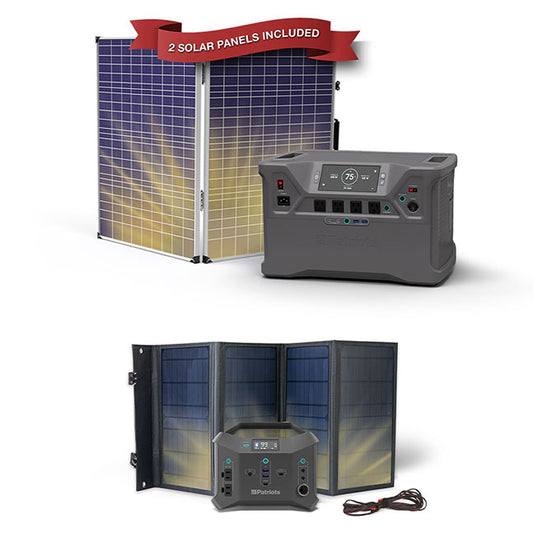




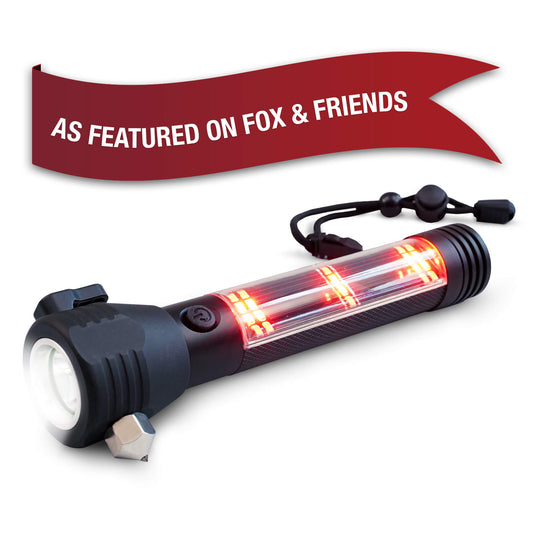



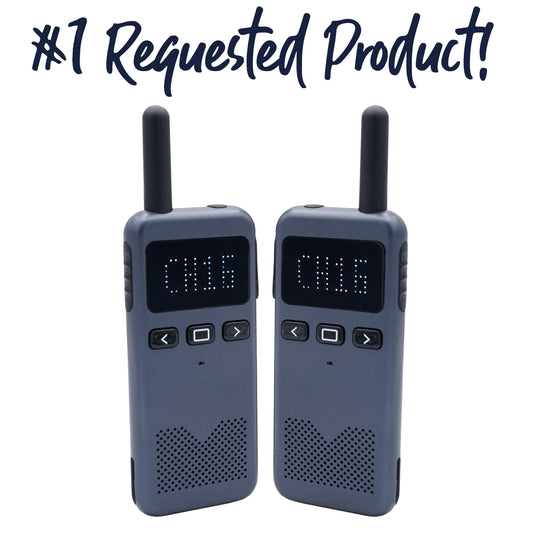

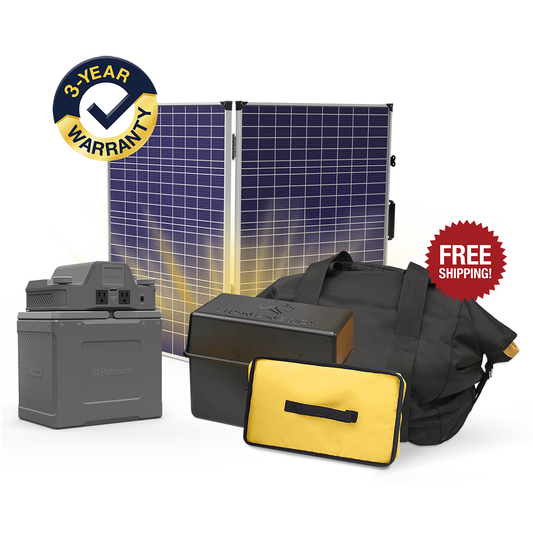

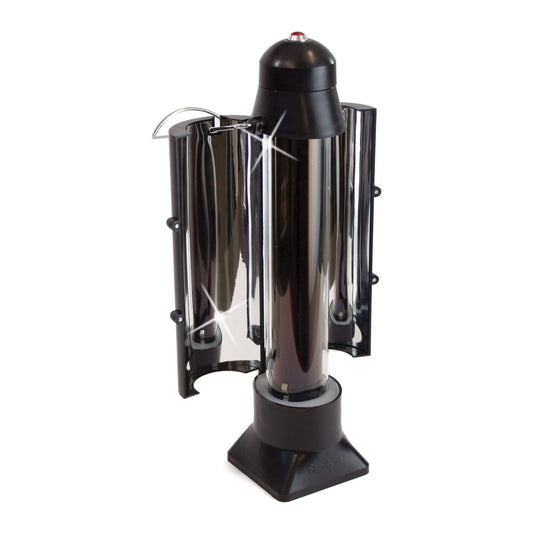








Comments
Jonathan Frank - August 06, 2020
Maybe I missed it, but would you give us 2 or more independent sources of current weather conditions and how to contact them?
I have one weather radio in the house (which can raise the dead when an alert comes in) but it is not portable. I’m considering getting a portable boating 2-way radio (from West Marine) with a/the weather band,but this might not be a service independent from my home radio.